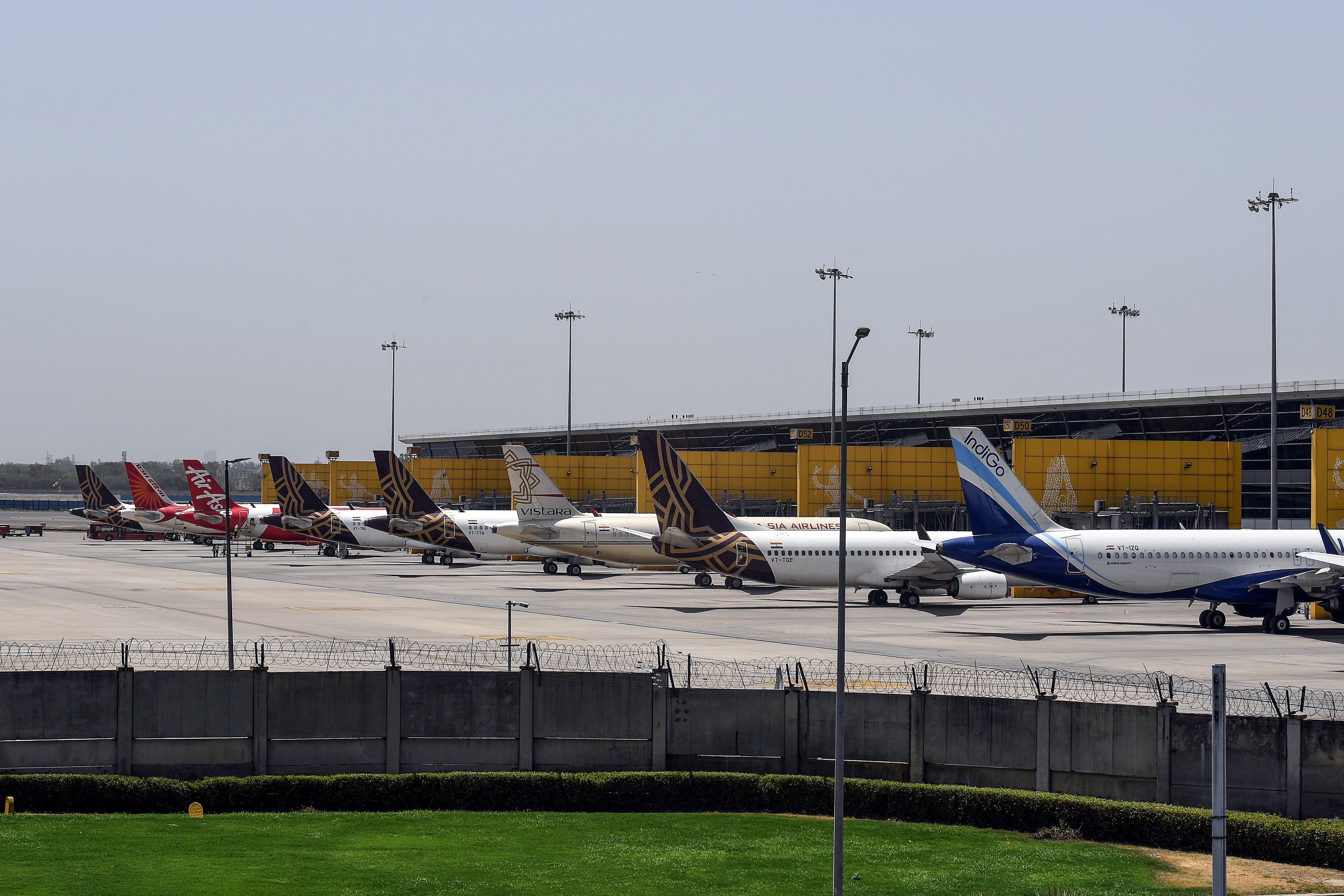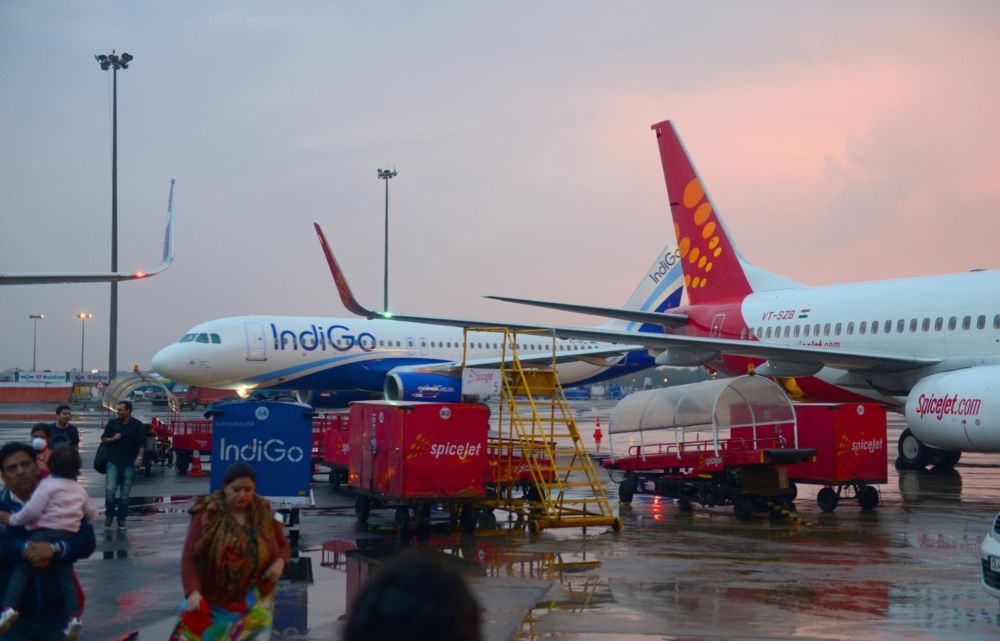[ad_1]
The airport has taken a number of inexperienced initiatives lately to work in the direction of its targets of net-zero emissions by 2030.
Indian airways are gearing up for the busy festive season forward. Picture: Getty Photographs
Delhi’s Indira Gandhi Worldwide Airport has turn into the primary within the nation to depend on hydro and solar energy fully. The airport has been pushing forward with inexperienced reforms for some time now, steadily distancing itself from conventional strategies of operations and organising targets for a zero-emissions future.
Clear energy
Delhi’s IGI Airport has turn into the primary in India to be powered completely by hydro and photo voltaic vitality. The airport’s operator, Delhi Worldwide Airport Restricted (DIAL), says that transferring to renewable sources for its vitality wants is predicted to not directly cut back 200,000 tons of carbon dioxide emissions yearly.
For now, IGI is sourcing round 6% of its electrical energy requirement from onsite solar energy vegetation and the remaining 94% from hydropower vegetation. Whereas there are different airports in India that use renewable sources of vitality, Delhi has been the primary to depend on them fully since June 1st.
Sources
For hydropower, DIAL has signed a long-term energy buy settlement (PPA) with Himachal Pradesh-based hydropower producing firm to produce hydroelectricity for the airport till 2036.
DIAL has additionally put in a 7.84 MW solar energy plant on the airside, and, as a part of stakeholder collaboration, operators of the cargo terminals on the airport have added one other 5.3 MW rooftop solar energy plant. DIAL CEO Videh Kumar Jaipuriar commented,
“DIAL has been working relentlessly in the direction of environmental sustainability and has set its goal to make Delhi Airport a Internet Zero Carbon Emission airport by 2030, method forward of the worldwide goal of 2050. To realize this, DIAL has adopted a Inexperienced Transportation program lately and now we achieved one other milestone of the Inexperienced Vitality Program for IGIA.”
The capital metropolis’s airport was lately ranked thirty seventh in Skytrax aviation agency’s World Airport Awards 2022, transferring up from forty fifth place final 12 months. It was additionally adjudged the most effective and the cleanest airport in India by the report.
Internet-zero by 2030
The airport has given itself a deadline to turn into a zero-emissions airport by the tip of this decade. For this, it has been steadily endeavor a number of initiatives, reminiscent of changing into the primary within the nation to be freed from single-use plastics in 2020 to changing into the primary on the earth to clock 1,000 TaxiBot actions.
It additionally plans to interchange all of its common fuel-consuming airside automobiles with electrical automobiles (EV) within the subsequent 4 months. This would come with automobiles which are used on runways, taxiways, and aprons to help operations for flight actions.
What do you’re feeling about Delhi Airport’s inexperienced push? Please tell us within the remark part under.
[ad_2]
Supply hyperlink


